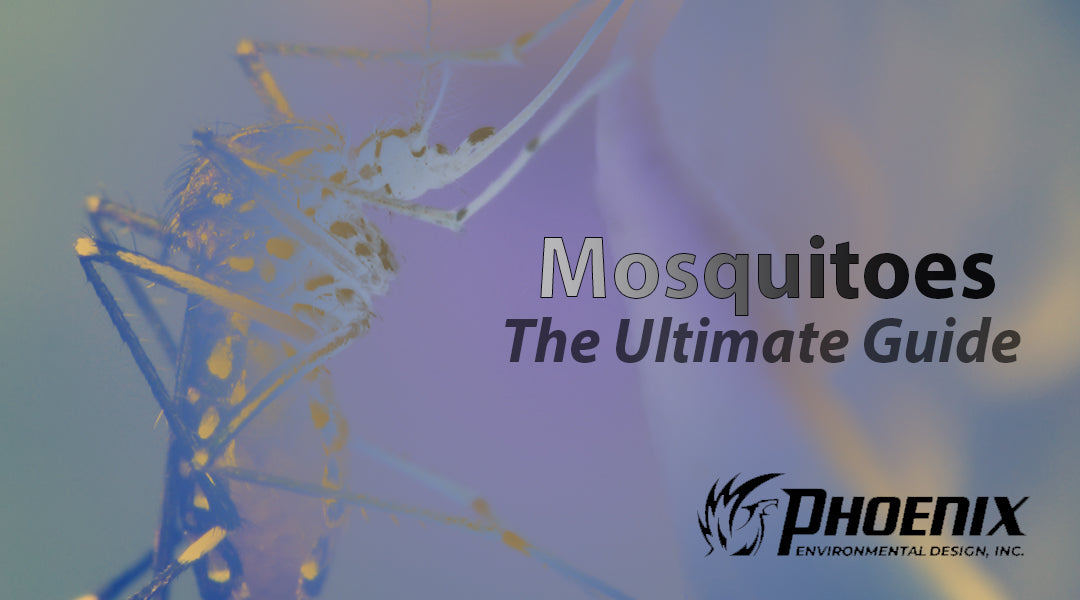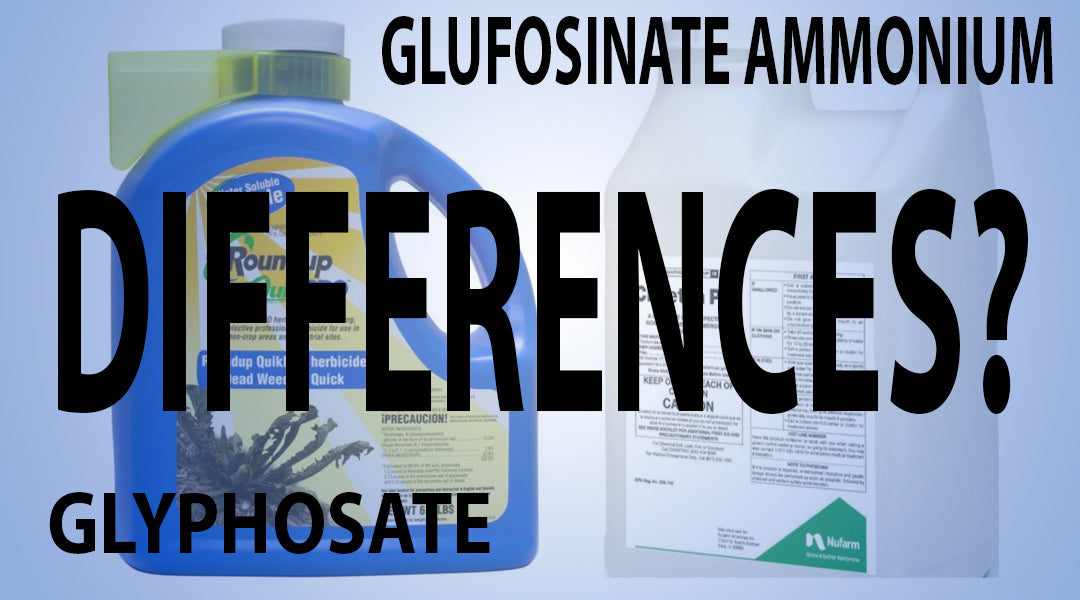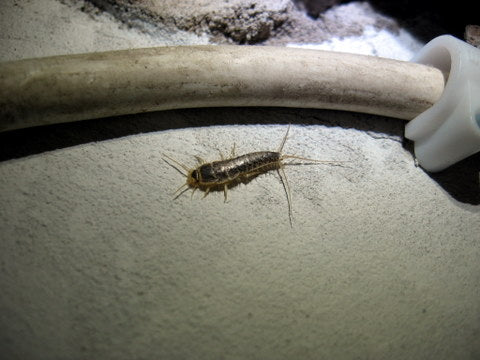Some insects go about their business and stay out of sight. Others invade your living space and frighten you from across the room. An earwig is a special kind of insect with its alien like appearance and quick movements. It normally prefers outdoor spaces where it's dark and moist, but this pest often finds its way indoors to look for food and shelter from predators.
What Does an Earwig Look Like?

It's easy to spot an earwig because it doesn't look like the average household pest. It has a long, slender body with six legs in total, making it resemble a cockroach from a distance. It also has two antennae on its head, helping it to detect its surroundings. However, when you get up close, you'll quickly notice the two shorter legs upfront and forceps protruding from its abdomen. The forceps will make you take notice as they look like they could do serious harm to your skin.
Earwigs get their name from an old myth. Back in the day, people believed that these insects would crawl into their ears at night and burrow into their brains. Of course, it's not true. Earwigs don't invade ears or dig into brains. In fact, they're docile insects that will only use their forceps for defense. Though they don't cause brain or property damage, they're known as nuisance pests once they invade interior spaces.
What Do Earwigs Eat?

Earwigs, like other insects, are split into different species. Some earwigs only eat decaying vegetation and help with decomposition in nature. Others enjoy snacking on live plants, especially the seedlings. They'll feed on the shoots and damage the plants, preventing their growth and production. Some larger earwig species are predators and use their forceps to capture live insects.
Most earwigs that you see in your home eat decaying plants and won't harm your ornamentals. Some invaders, such as silverfish, will feed on paper, soaps, drywall and other organic material. Earwigs aren't like these pests and stick to their normal diet. If they can't find a food source indoors, they will usually leave on their own.
How to Get Rid of Earwigs

Though earwigs will often leave if they can't find food, they will come back indoors and nest in moist, dark areas. You may find earwigs beneath bathroom and kitchen counters, in cracks and crevices or around plumbing pipes; they also flock to basements where it's cooler and darker. Preventative maintenance is the key to keeping these pests outside where they belong. Some preventative steps include:
- Inspecting for hidden entryways around doors, windows, vents and other areas
- Sealing cracks and crevices with silicone or foam to block their entryways
- Eliminating moist areas around your home to keep the earwig population to a minimum
If you already have an infestation, preventative maintenance will only stop or minimize future occurrences. You'll need to turn to pest control methods such as spraying insecticides to kill the insects where they nest. Otherwise, they'll continue to breed and to use your home as shelter.
Earwig Control Products
Various pest control products are available at Pedchem to eliminate earwig infestations. Whether it's granules or aerosols, these products contain specific active ingredients to neutralize the pests. Many of these ingredients work by targeting the insect's central nervous system, such as beta-cyfluthrin. Once the earwig contacts or ingests the ingredient, its nervous system becomes overexcited. After a while, the earwig will become paralyzed and die a short time later.
Numerous products contain effective active ingredients to kill pests on contact. Others provide residual control with secondary ingredients such as imidacloprid. Temprid Ready Spray combines both beta-cyfluthrin and imidacloprid for quick and long-lasting results. Other effective earwig control products include:
- Orthene PCO pellets
- Zenprox EC insecticide
- Tempo Ultra WP
- Cyper TC
- Cyzmic CS micro-encapsulated
- Demand G Granules
- Pyrocide 100 1% pyrethrum
- Transport GHP insecticide
- Zenprox aerosol
- Cynoff EC
- Temprid Ready Spray
It's a good idea to read the labels carefully and the descriptions of each product to know how the active ingredients affect earwigs. Because the listed products contain common chemical ingredients, they can be used to control other pests inside your home, such as ants and roaches. If you want an all-around pest control product for treating earwigs and multiple pests at once, there are many quality insecticides from which to choose in the list above.

Getting Rid of Earwigs for Good
Eliminating moisture on your property and sealing cracks and crevices is a great start to preventing future earwig and other pest infestations. For current infestations, you'll need to take pest control into your own hands. If you ignore the pests, they'll only breed and become greater in number. Whether you use granules below the sink or spray insecticide around the perimeter, you can find the right product for your needs at Pedchem.






Leave a comment (all fields required)